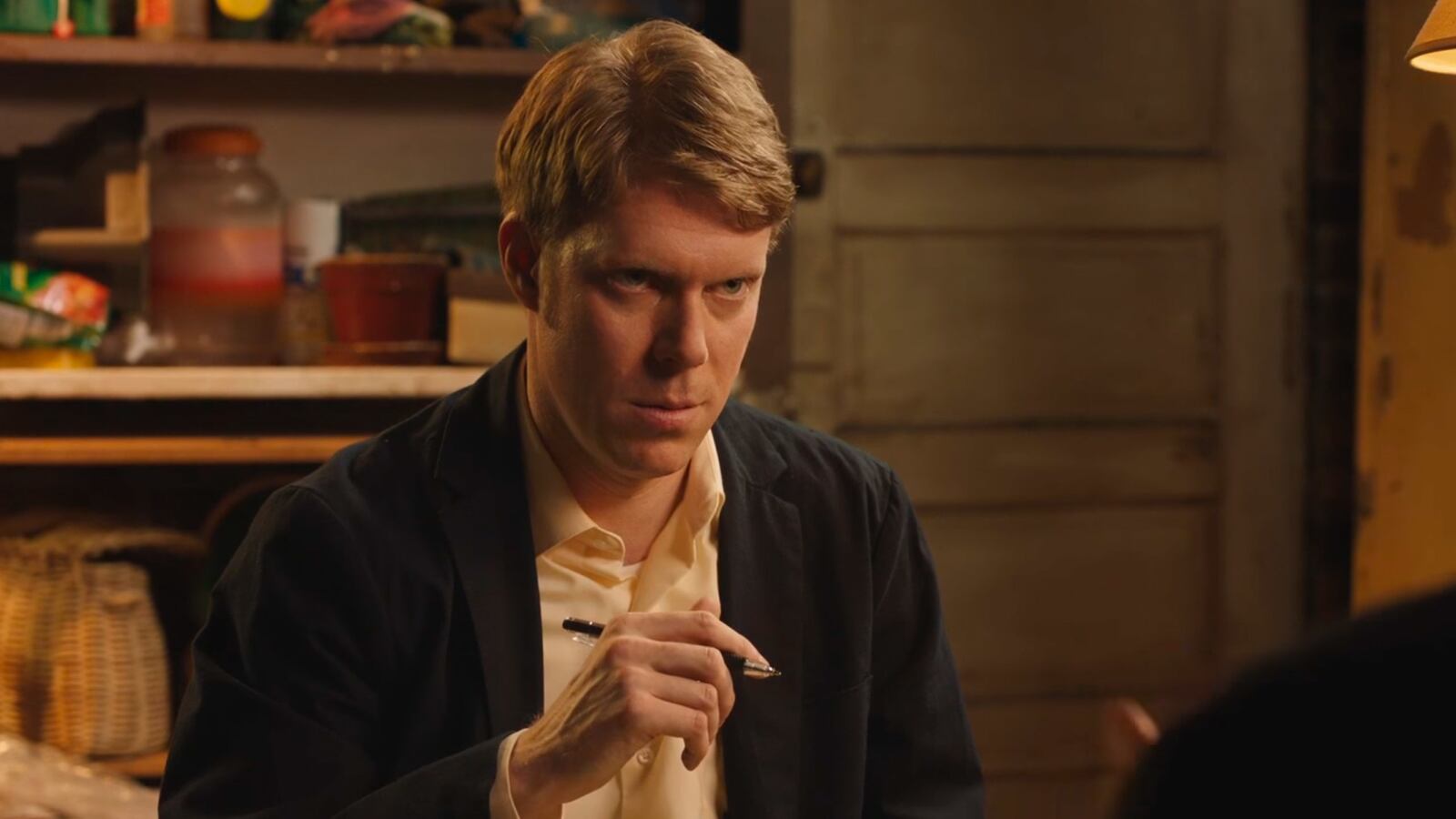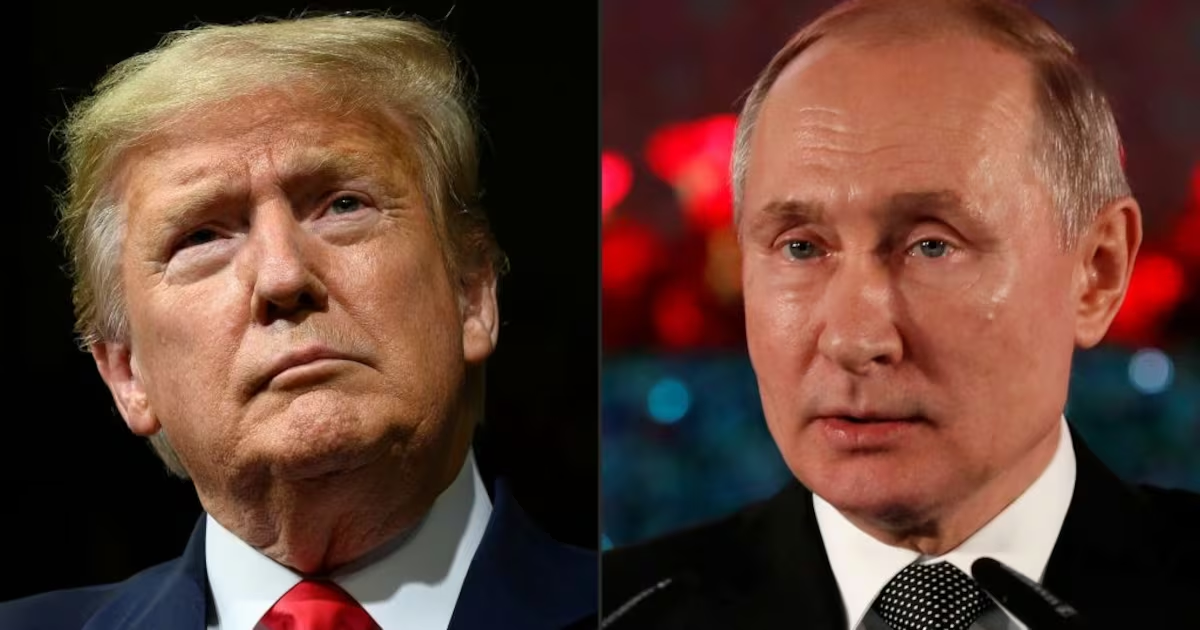When the new comedy series Shrink debuts on Thursday, March 16, it will have been exactly five years, five months and 17 days since co-creators Tim Baltz and Ted Tremper first “pressed record” on the original pilot.
Tremper — who in the interim served as a field producer for The Daily Show — knows this because he’s obsessed with numbers. That’s also why he remembers exactly how much the pilot cost to shoot: $211.
In the show, Baltz stars as Dr. David Tracy, who graduates from medical school but, through a series of unfortunate events, ends up losing his surgical residency and is left with $500,000 in debt and no job. In order to avoid defaulting on his loans, he decides to start doing clinical therapy from his garage.
The premise is based on the real-life experience of one of Tremper’s friends, but the Chicago improviser saw it as the perfect set-up for improvised therapy sessions with a variety of “patients” played by his fellow up-and-coming comedians. The result is one of the most consistently funny shows to premiere since HBO’s Veep, on which Baltz made a memorable appearance as a young Silicon Valley CEO in season three.
At the show’s Los Angeles premiere earlier this month, Tremper, Baltz and producer Patrick Daly sat down with me to discuss how they took this germ of an idea in late 2011 and transformed it into eight polished episodes that will start streaming this week on NBC’s online comedy platform Seeso.
The original pilot consisted solely of those therapy sessions with expert improvisers like Tami Sagher (Don’t Think Twice), John Lutz (30 Rock) and others, along with some interstitial scenes of Baltz’s character David meeting with his supervising therapist, the excellently deadpan Sue Gillan. It contains just one written line of dialogue, the disclaimer that David must, by law, read to his each of his patients.
At the top of every episode, we see David start his tape recorder and say, “Pursuant to the requirements set out of Illinois Statute 2225 ILCS-107, I am required to inform you that I am not a licensed psychologist, psychiatrist, or a registered therapist, but that these therapy sessions are being tape-recorded to provide a record of the 1,920 hours supervised clinical hours needed to acquire such a license.”
Watch an exclusive clip from episode four of Shrink’s first season below.
Whereas the first few episodes of the show feel like easy fodder for comedy about the patients’—and David’s—myriad anxieties, as the series progresses it deepens, ending with a truly shocking and rewarding finale in episode eight. We also see David, coming off a break-up with his med school sweetheart, begin to fall in love with an on-again, off-again patient named Rachel. That character is played with charming neuroses by the pitch-perfect Mary Holland, who just happens to begin her own six-episode arc on Veep this coming season.
Quoting the great Del Close, considered by many the godfather of modern longform improv comedy, Tremper says he wanted the show to capture performers “playing to the height of their emotional intelligence” to create something “that has never existed and will never exist again.” By training his camera on them and “creating an environment” where they could succeed, Tremper realized they could produce something that was not only funny but also felt fully realistic.
“The goal was to prove to people that improvisation is more than Whose Line Is It Anyway?” Tremper says of that famous short-form improv show. Once they started working on the full series, they decided to write out the scripts, but left in “huge avenues” for improvisation in order to highlight the “brilliance of the performers” populating the series.
The key to making improv funny on screen, Baltz says, is always staying “emotionally honest” as the character you are playing. Sometimes, he says, a well-placed eyebrow raise can be funnier than an overly-clever joke.
“It’s not a show that you typically see and it’s not a tone that you typically see,” Baltz adds, noting that Seeso trusted them to cast some of the “best improvisers in the country,” even if they weren’t the biggest names in the business.
Because of that, they knew they would get far more than what was written on the page. The result is something truly special.





